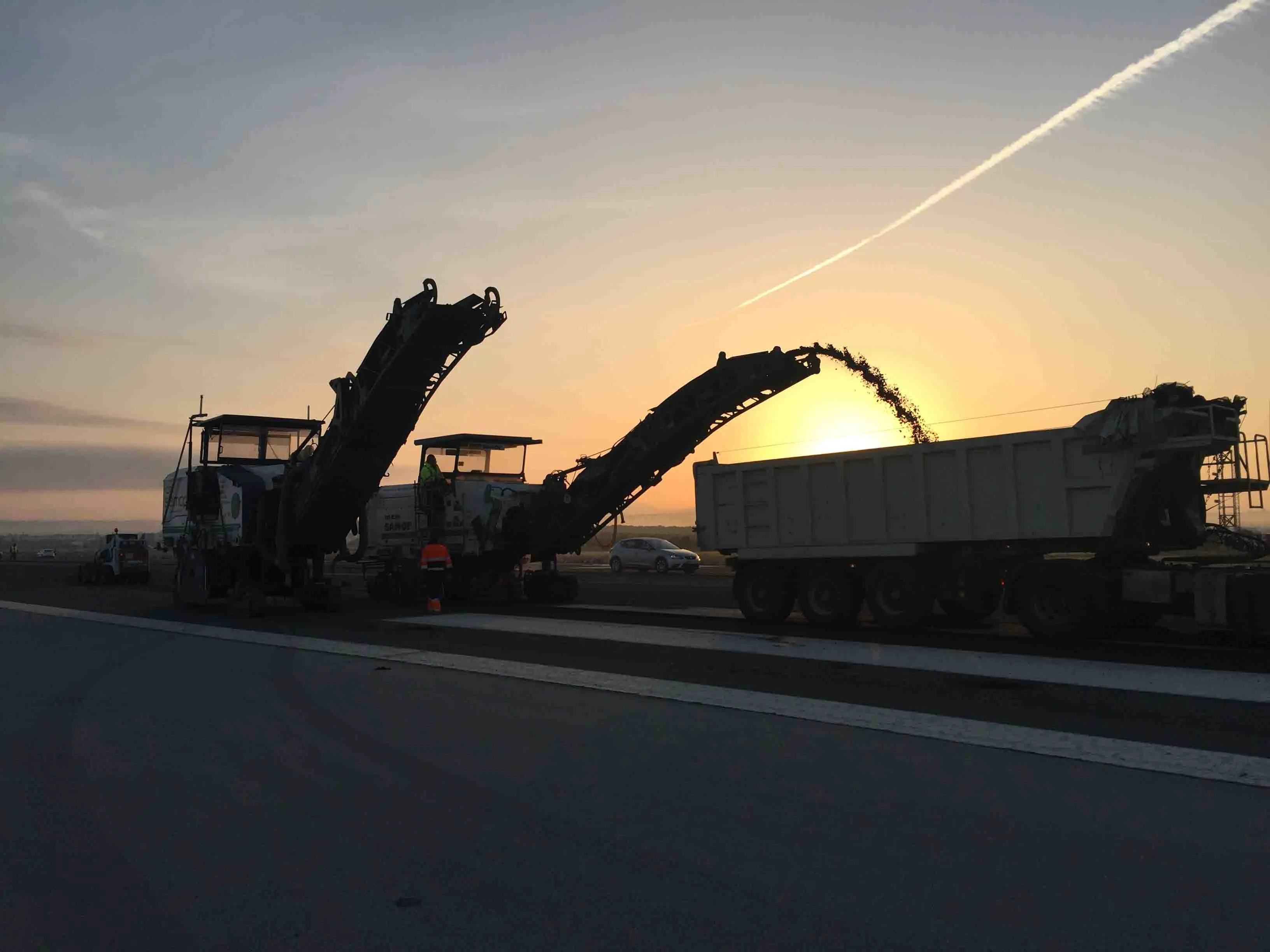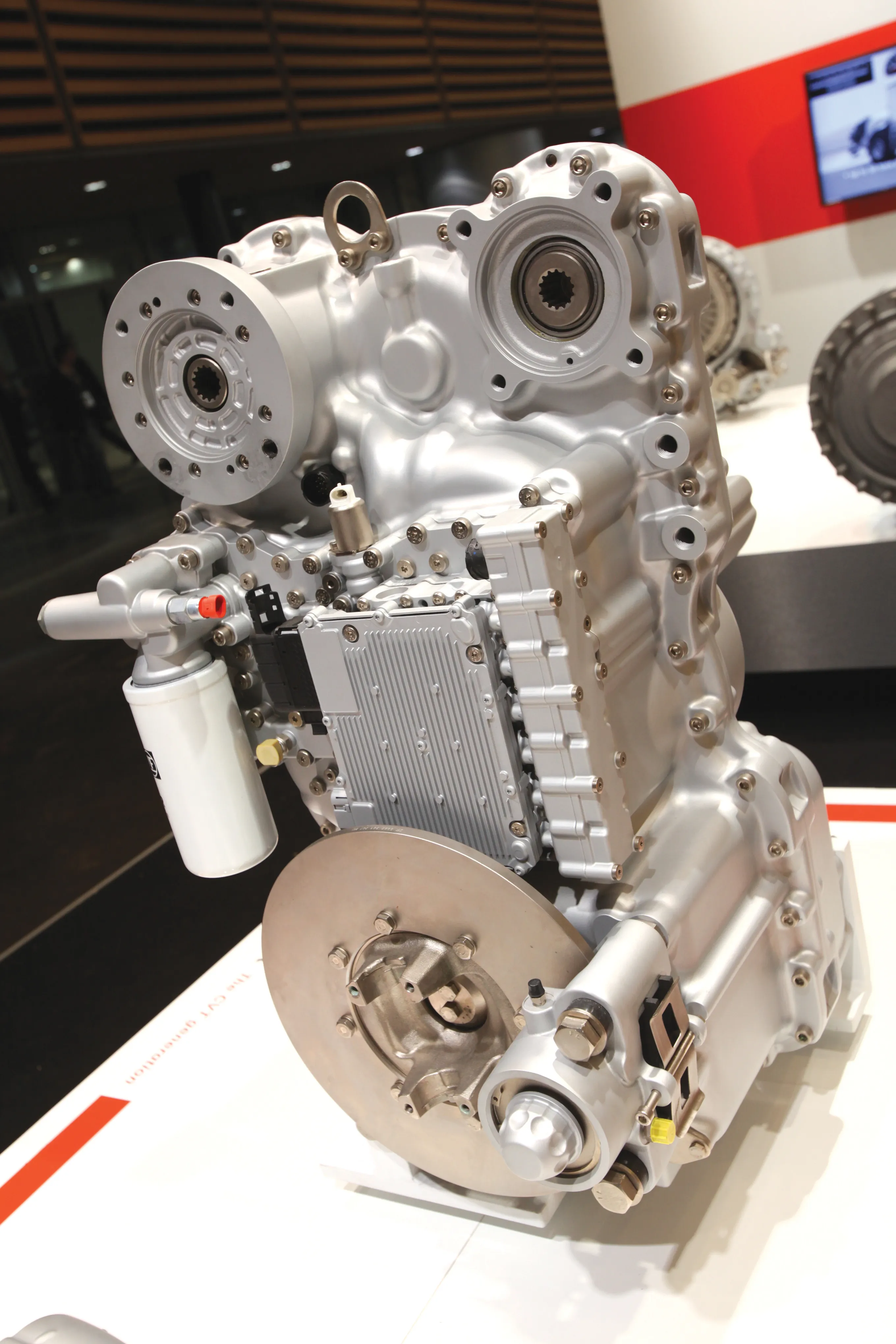
The adoption of new technology will boost productivity for machinery users - Colin Sowman writes
Since the inception of earthmoving machinery, equipment manufacturers have been striving to make the process faster, quieter, easier and more fuel efficient. Now many manufacturers are looking at ways to improve the efficiency of drive systems to reduce complexity, maintenance and fuel use.
In an effort to help all operators match the performance of the best, many equipment manufacturers are including machine guidance and control technology as options on their latest models.
Machine guidance technology has been around for some time but the uptake has been slow for a host of reasons – not least that most systems had required retrofitting (increasing on-cost and creating warranty concerns) while the longevity and service support was unproven. In addition the connectivity (Wi-Fi, GPS and broadband), have been unreliable and expensive and the lack of trained operators was a major hurdle.
Today most of the major manufacturers offer machine guidance and control systems as options on the standard build, the electronics have proven robust and connectivity has improved immensely. This is true for the road machinery sector with companies such as
Volvo CE points out that machine guidance offers a major boost to productivity, carrying out tasks more accurately and faster, while reducing the number of personnel working on site and boosting safety.
Caterpillar produces graders and dozers – two of the most complicated machines to operate - and it was an early adopter of machine guidance and control technology. The company’s Cat Grade factory-integrated precision grading system is available on excavators, graders, dozers and scrapers as well as pavers and mills, and is said to help improve grading efficiency for both new and experienced machine operators over a wide range of applications.
According to Jason Hurdis, of Caterpillar’s Global Construction and Infrastructure Division, the increase of Grade technologies helps operators improve production with higher quality and safety in less time and using less fuel and materials.
On a broader scale, telematics systems are being used to increase machine uptime through remote monitoring of the machine’s health and the way it is being used, such as detecting and reporting excessive idling. Such systems have become something of a standard offering from many suppliers and the bigger the machine, the more likely it is to have a telematics system.
In Caterpillar’s case it offers
Compaction is another area where technology is helping operators achieve right-first-time results. Caterpillar offers its Compact technologies while BOMAG’s intelligent compaction system is called Variocontrol and uses integrated compaction measuring technology for instant feedback. The operator can select the required compaction value and the technology provides an instant display of the comparative compaction level to improve compaction quality while minimising the number of passes, fuel usage and the time taken.
Hurdis points out that such systems can reduce both over- and under-compaction of materials. GPS tracking and telematic feedback can also be used to ensure (and prove) that the area has been compacted to the required level.
One feature all these systems have in common is the reduction (or even elimination) of the need to stake-out the site and any reduction in the number of workers on site amid moving machinery has to be a bonus in terms of safety. This is possible because the site plan has been loaded into the electronics and the onboard systems know the machine’s precise location in three dimensions and where it is digging, grading, compacting or paving.
The efficiency gains, time savings and safety benefits available from this type of technology are becoming evident on some of the most demanding job sites around the world.
The degree to which 3D and machine control technology can benefit roadbuilding projects is evident from the experience of Canadian company Windley Contracting.
The company won a tender to widen a two-lane road into four lanes on a 9km section of Highway 97 between Winfield and Oyama in the District of Lake Country, BC. This entailed extensive earthmoving, building an embankment, two overpasses, two tunnel crossings and the tie-ins.
For this project the company installed Trimble’s GCS900 Grade Control System on its excavators and motor grader. With suitable technology to create the baseline data (GPS, GPS and laser or Total Station), the system can also be used on dozers, scrapers, soil compactors, asphalt pavers, trimmers and milling machines.
Beyond fitting the GCS900 Grade Control System with dual GPS on its machines, Windley used Trimble’s Internet Base Station Service across the project. After his operators were trained on the grade control system, Windley’s Civil Division manager Kyle Webb noticed significant productivity gains during excavation work.
“During bulk excavating work, our operators were able to get very close to tolerances the first time. They weren’t over-excavating because they could clearly see where they were digging to, which cut down on trim work by approximately 75%,” said Webb.
“We used to have a gradesman working alongside our operator 10 hours a day, running line to determine cut/fill. Now, there’s no waiting, so our operators can get straight to work. Right there, productivity went up 50%,” he said.
The full 3D control system puts the site plan - design surfaces, grades and alignments - inside the cab for operators while the exact position, cross slope and heading of the blade is measured using GPS. The onboard computer compares this position information to the design elevation to compute cut or fill to grade. The cut/fill data drives the valves for automatic blade control and provides additional visual guidance to the operator for up/down to grade and right/left to a defined alignment.
Two months into the excavation phase, the team performed a cost analysis of using the technology. Webb estimates savings at approximately $2,500/week by not relying on a full-time surveyor for excavator work. Eliminating 75% of staking cut more than $150,000 from the costs. He estimated that with the money saved on the surveyor, staking costs and the reduction in trim work, the system paid for itself in one week.
“From my perspective, the greatest payback came when we were finishing the slope of the road. We were able to hit grade within the specifications and it was fully automated. For fine grading for paving we had to be within 10mm and for paving subgrade within 25mm - and we hit those tolerances every time.”









